As a writer for Gospel.Vision, one of my main goals is to gently poke at the calm facade of modernity to see if any cracks start to form. Those cracks could take many forms: monsters, angels and demons, a supernatural afterlife, or any number of stranger things. But my interests lie at the intersection of the Bible and the modern mind. That is why all my articles have been about biblical topics like the Transfiguration or the story of Nadab and Abihu. To wrap up these articles of the past year, I want to take a step back and look more broadly at how we can go beyond a modernistic reading of scripture.
Scripture and the Modern Mind
The modern age has been a time of unparalleled progress and development in many fields, and a lot of that progress has been driven by a quest for scientific knowledge. There is much to appreciate here, but the modern mind pursues knowledge through dividing, dissecting, and exercising dominion. It is the perfect way to learn about how a frog’s body works – but it is not the best way to learn about a text, especially the Bible.
From the time Descartes first uttered the famous cogito ergo sum, the modern mind has been assured that rational thought is the foundation on which all else is built. We start with our selves, knowing that we think and exist, and then move outward to exercise knowledge over the things around us. This way of thinking has achieved powerful results, but it is prone to certain blind spots and weaknesses (as all philosophies are).
When we bring this modernistic approach to knowledge to the Bible, we run into a few problems. We don’t learn about God and His word the same way we learn about amino acids – through chopping them up and placing them under a microscope. I will argue that our approach to the scriptures needs to be less scientific and more dialectic; in short, it needs to be less modern.
Far too many in our age read the Bible like it is a textbook written for them to dissect and parse. Word studies, three-point sermons, and textual criticism are all born of this desire (with varying degrees of faithfulness). I’ll address this later, but I want to note here that I am not against these things as long as they are done carefully and faithfully.
This view of scripture puts us in a position of authority over the text. We approach it to see what we can glean from it, to determine what it means for us. We sit down and attempt to master the word of God like a math puzzle so we can benefit from the secrets locked within. Our modern mind tells us that if we can just nail down all the grammar, all the historical context, all the textual variants; then we will know all there is to know about God and his word.
But this modern view of the Bible is far too small. We can learn from the Bible, but it is not our textbook. We can study the Bible, but it will not lie dead on the table like an obedient corpse. We can grow closer to God through studying the text, but we will never master it – and especially Him.
So, what can we do to expand our view of the Bible? How can we go beyond truncated modernistic readings and more fully interact with the word of God? First, we will look back at a few pre-modern views of scripture, then I will suggest a few ways for the Church to move forward with a post-modern reading of the Bible.
Looking Back
We have lived for 400 years under the dominance of this Cartesian worldview, and so it is easy to forget that there was a time when men took a different approach to knowledge and truth. And as we look for a way forward through modernity, it is helpful to look back to some pre-modern ways of viewing the scriptures. While we could talk about pre-modern views on the Bible all day, I’ll limit our discussion to three considerations:
- The epistemological primacy of the Scriptures: In contrast with the modern outlook, many pre-modern views on the Bible set the word of God as the foundation for all knowing (epistemology is the study of how we are able to know). Anselm of Canterbury famously said, “The believer does not seek to understand, that he may believe, but he believes that he may understand: for unless he believed he would not understand.”1 Instead of laying the text on the table to be inspected by our rational minds, we are the ones being cut and dissected by the text. In this view, the very act of reading the Bible becomes a way of submitting to God.
- The Quadriga: Running from the early Church Fathers through the Medieval age, the quadriga was a common method employed when interpreting scripture. In using the quadrigal method, the Christian would seek to answer four questions about the text: What is its literal meaning? What is the allegorical meaning? How does the text teach us to act? And what does the text say about the future? Reading the Bible in this way teaches us to look past the simplistic, literal-only readings of many modern fundamentalists. The text is deep and rich, and studying it takes a mind that is willing to probe beyond the surface and into the deeper things of God. As Peter Leithart writes, the Quadriga is “a way of training our senses to discern Christ not only everywhere in Scripture, but everywhere and in everything.”2
- Lectio Divina: An ancient, monastic method of reading the Bible, Lectio Divina (Latin for divine reading) is a method of engaging with the Bible that is more contemplative and interactive than a typical modern study. The practice consists of four basic phases: reading, reflecting, praying, and contemplating. A text is first read aloud, then the reader takes time to reflect on what was just read. Then the reader interacts with the author of the text through prayer, and finally, the reader takes time to contemplate the preceding steps. This method of scriptural interaction prevents us from seeking to conquer the meaning of the text and instead forces us into a conversation with the text and its author.
Looking back at how our pre-modern brothers studying the Bible is certainly helpful. But our goal should never be to get back to some idealized past. They had their own blind spots and we face new challenges to overcome. Reading the Bible faithfully in our context will require us to address the needs of our time and seek to answer the problems that face us today.
Trending
Moving Forward
How can we move forward in a way that moves beyond the blind spots of modernity without a wholesale rejection of the many helpful advances it achieved? In one way, this is a question that faces people of every era: how do we move into an unknown future while still holding on to tradition? But there times of epochal shifting when this question becomes more urgent. And I believe that we are in such a time now. All around us we see a renewed interest in things long dismissed under the reign of rationalism – that is why Gospel.Vision exists.
And so, what does a faithful approach to scripture look like in this future? I will suggest three ways that we can look forward to post-modern hermeneutics. There is nothing new here, just a combination of methods that I believe will serve the Church and her members well into the future.
First, we should keep studying the text in humility. The modern era has provided us the resources and technology to allow every Christian to deeply study their Bibles – and that is something we should be thankful for. As we move into the future, we should hold on to the many blessing of modernity. Keep studying, keep digging into the original context of the scriptures, keep seeking ways to apply it to your life. This is all good as long as it does in humility and not in an attempt to master God through our own knowledge.
Second, like the Medievals, we should joyfully submit to the text. We approach the Bible – even the hard and difficult parts – as a student willing to be taught. We should come to the text, like Anselm, saying 'we believe so that we might understand.' In the modern world, this will be a revolutionary way of reading. To willingly submit our own thoughts, desires, and wishes to a higher authority runs counter to the message of self-determination that runs deep in our culture – from Disney movies to the sexual/gender liberation movements.
And finally, come to the text expecting a conversation. While we shouldn't attempt to master the Bible, that doesn't mean we should remain silent. All of God's dealings with His people are dialogical – worship, prayer, and reading. God speaks to us and we answer back to Him but is no simple conversation. Even in our responses, God will be working to shape us into the people that He desires. But this doesn't limit our responses to pious platitudes – in fact, it should encourage us toward honest dialog with God. Are you wrestling with a difficult text? Bring your concerns to God – He is big enough to handle it. But come into the conversation willing (and expecting) to be changed. Because no one interacts with God and leaves unchanged.
The Final Word
As Christians, we should all be looking for ways to increase in faithfulness in the way we approach the Bible. But before we get too tied up in talking about methods and epistemologies, we need to be actually reading our Bibles. And so I want to close with one final way we can move into the future with our Bible reading: read more. In the Bible we come into contact with the true and living God, let us not take that for granted!
It is easy to occupy our time with discussions of philosophies and theories, but it is often more difficult to sit down and immerse ourselves in the text. And so here is my vision for the future of Biblical interaction: a Church that delights in reading the Bible, individually and corporately, and responding to that reading in prayer, meditation, and action.
References:
- Anselm. “Anselm's Proslogium or Discourse on the Existence of God.” Internet History Sourcebooks, sourcebooks.fordham.edu/basis/anselm-proslogium.asp.
- Leithart, Peter. “Rehabilitating the Quadriga.” Theopolis Institute, theopolisinstitute.com/article/rehabilitating-the-quadriga.

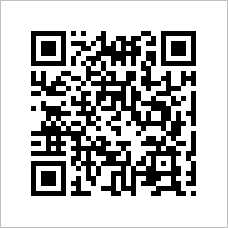











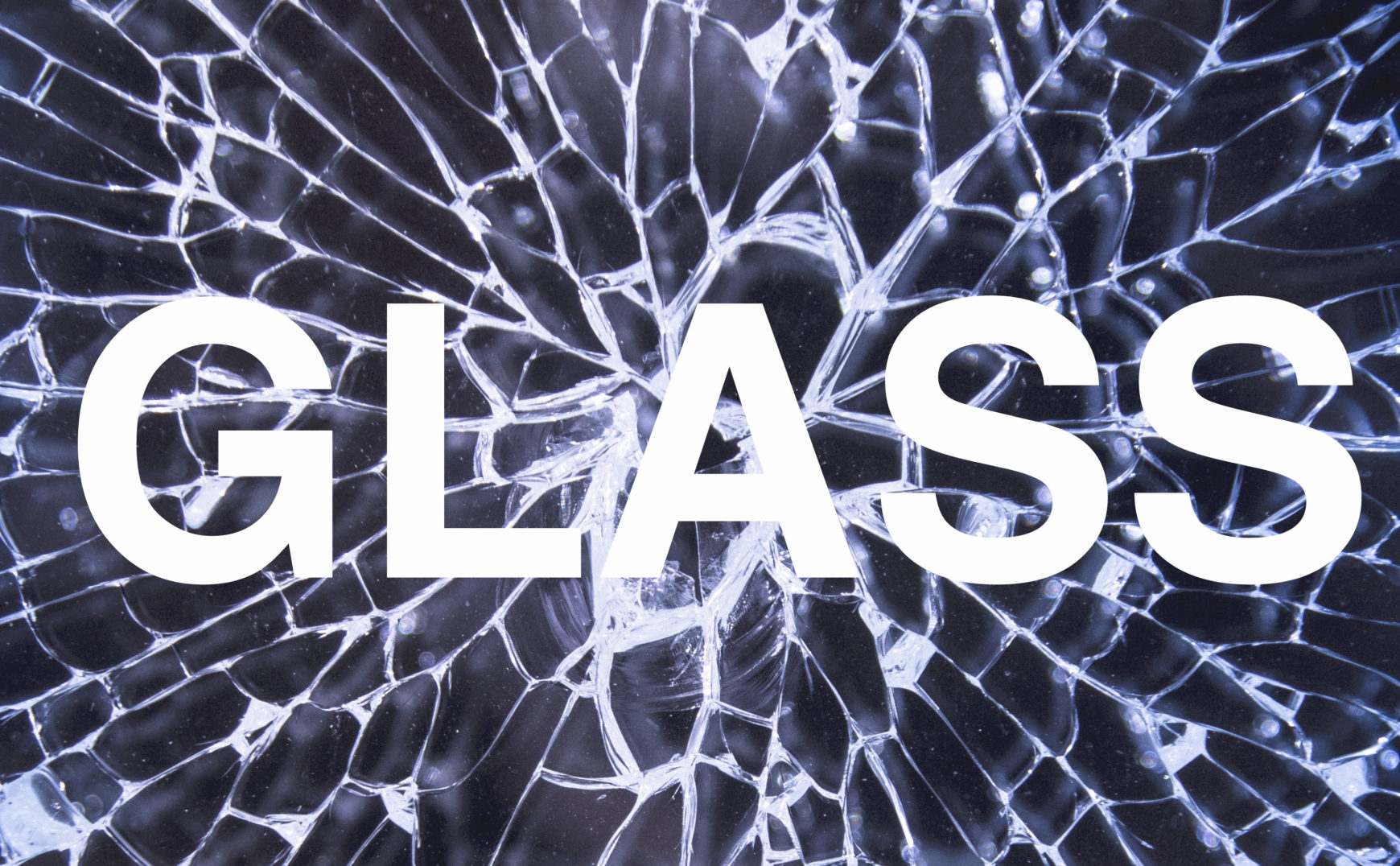
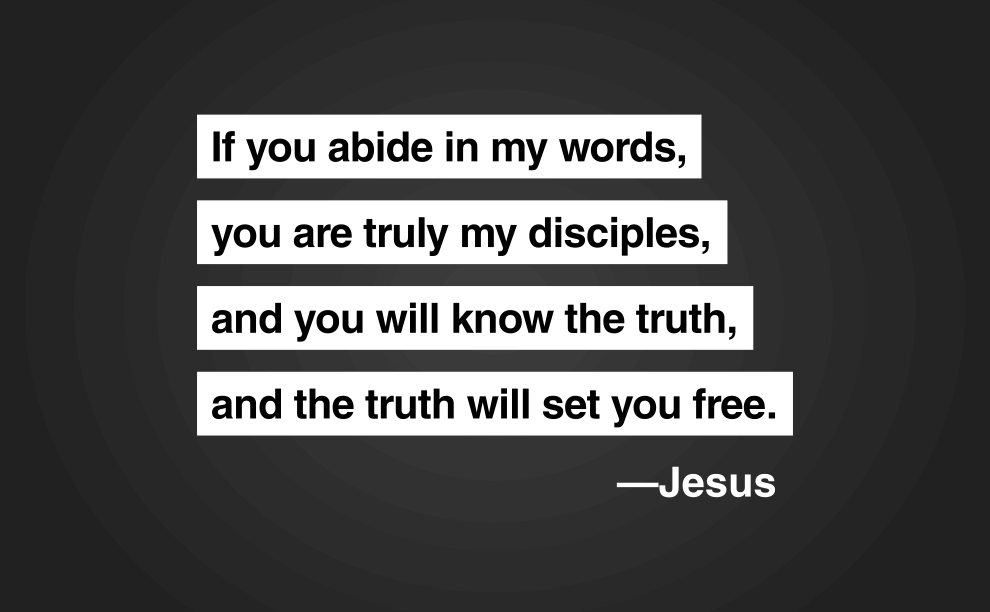


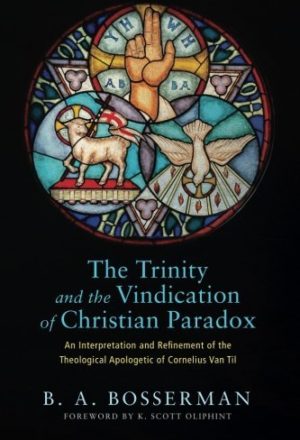

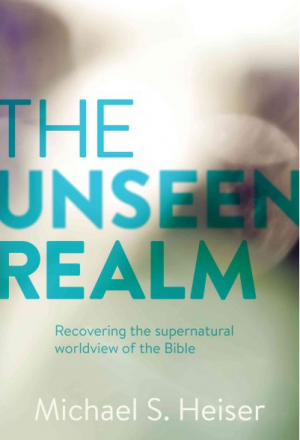


When I was young it almost seemed pointless to just read through the Bible. If I wasn’t trying to mine the text and dissect it, it seemed like there was no benefit. I have grown to enjoy just reading the Bible without interpretation. Just being immersed in it brings so much joy. There is a place for a dissection, but that isn’t the whole. Thank you for discussing some of our blind spots around reading the Bible.